COP28: Amplifying Pacific Voices for Climate Action
November 27, 2023
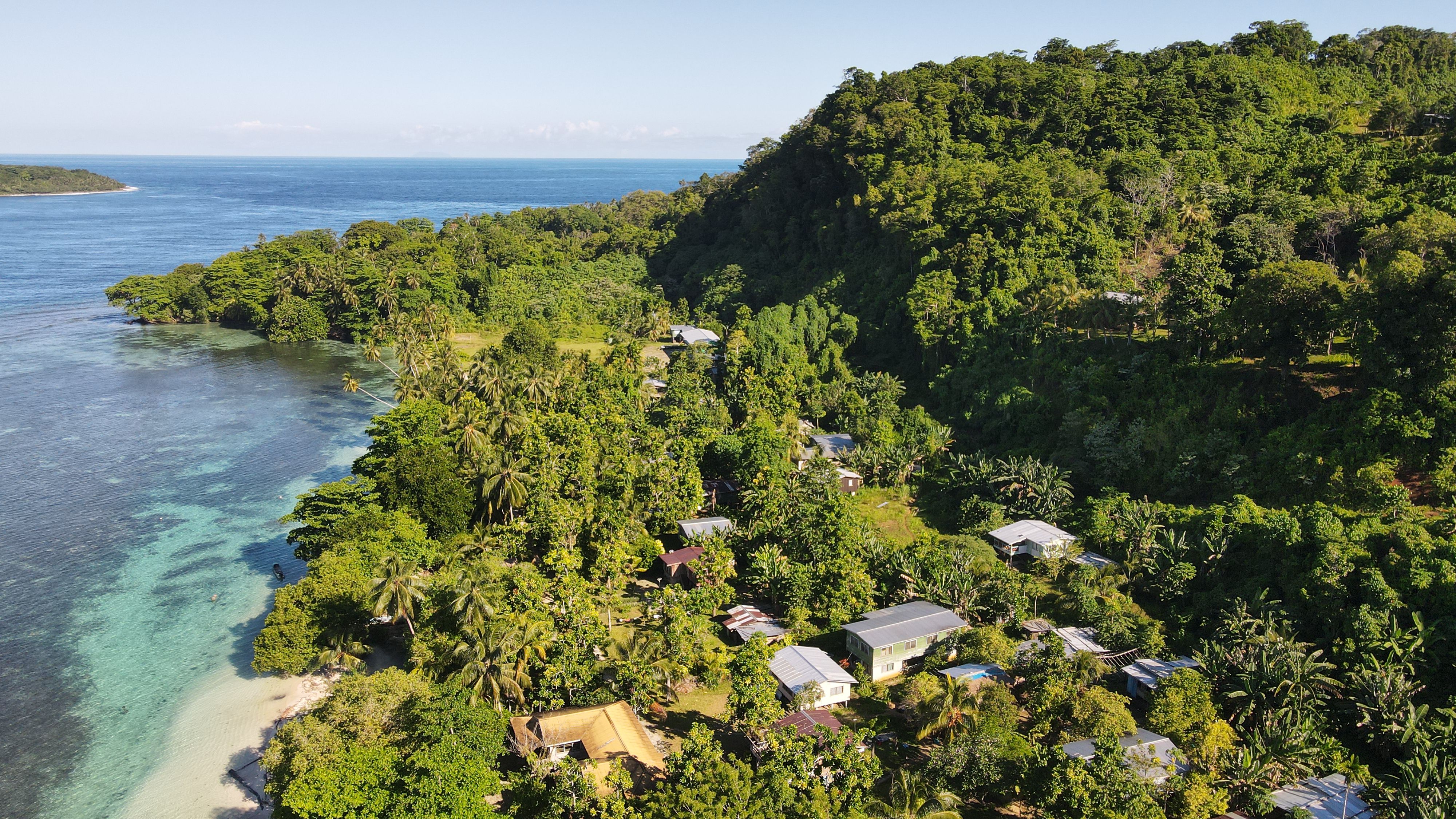
Amplifying voices of the Pacific at COP28 is critical for both people and planet.
In the heart of the Pacific Ocean, a silent crisis unfolds. Amidst the Pacific’s pristine waters and lush greenery, countries are slowly disappearing, their very existence threatened by the continued impacts of climate change. This is not a distant dystopian fantasy, but a grim reality facing many Small Island Developing States (SIDS).
Countries with limited resources, those that are geographically isolated, and countries already experiencing the impact of sea level rise, saltwater intrusion, and more extreme weather events year on year are critical voices to determining the way forward for the global climate action agenda. When the United Nations Climate Conference and the 28th iteration of Conference of Parties (COP) rolls around at the end of November, amplifying Pacific voices and solutions is non-negotiable.
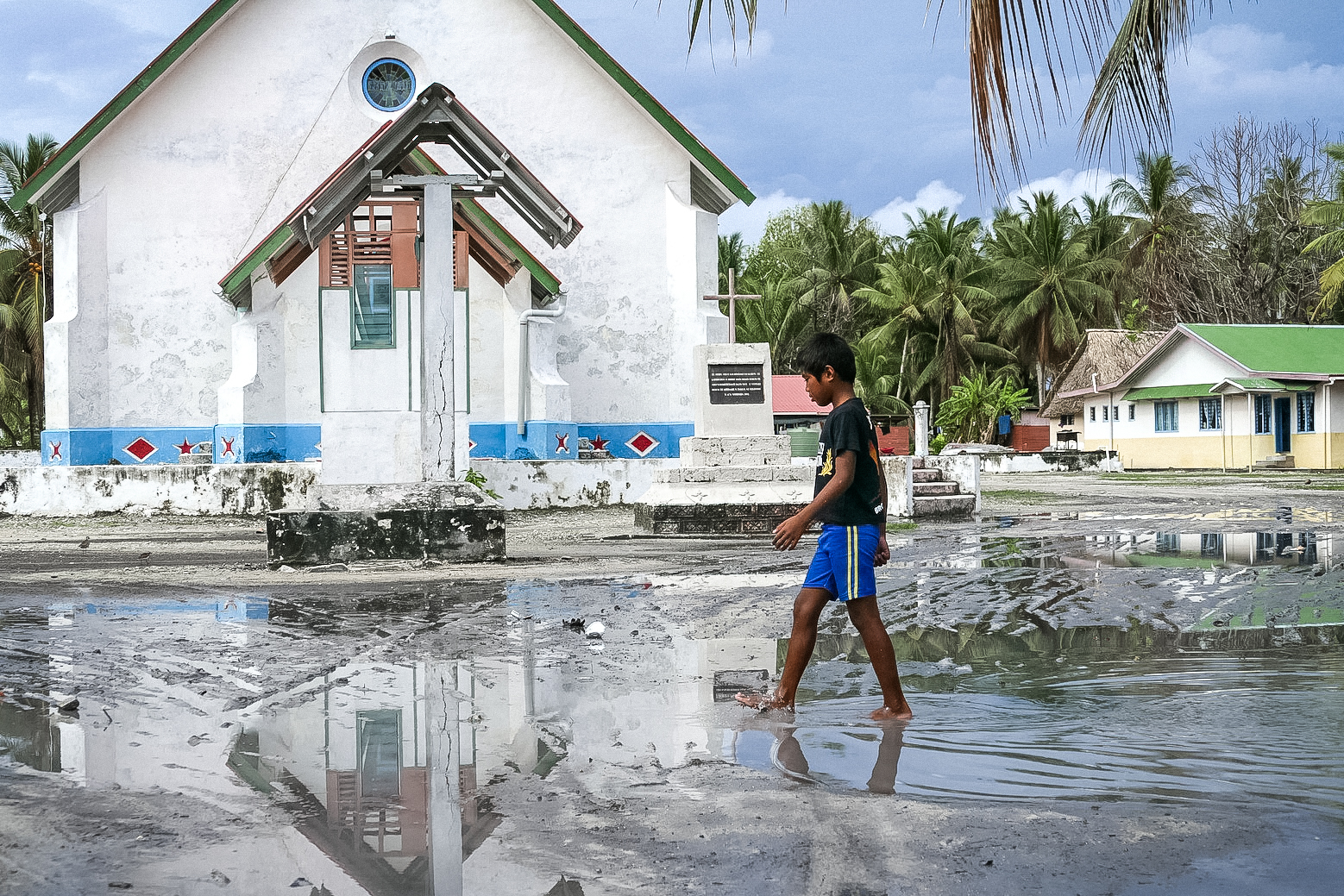
The main square of Nui Island, Tuvalu.
Take a nation like Tuvalu: its highest point above sea-level sits at just 4.6 meters, or 15 feet. For want of comparison, the tallest player to grace the courts of the National Basketball Association in America was Gheorghe Muresan, who stood at 2.31 meters.
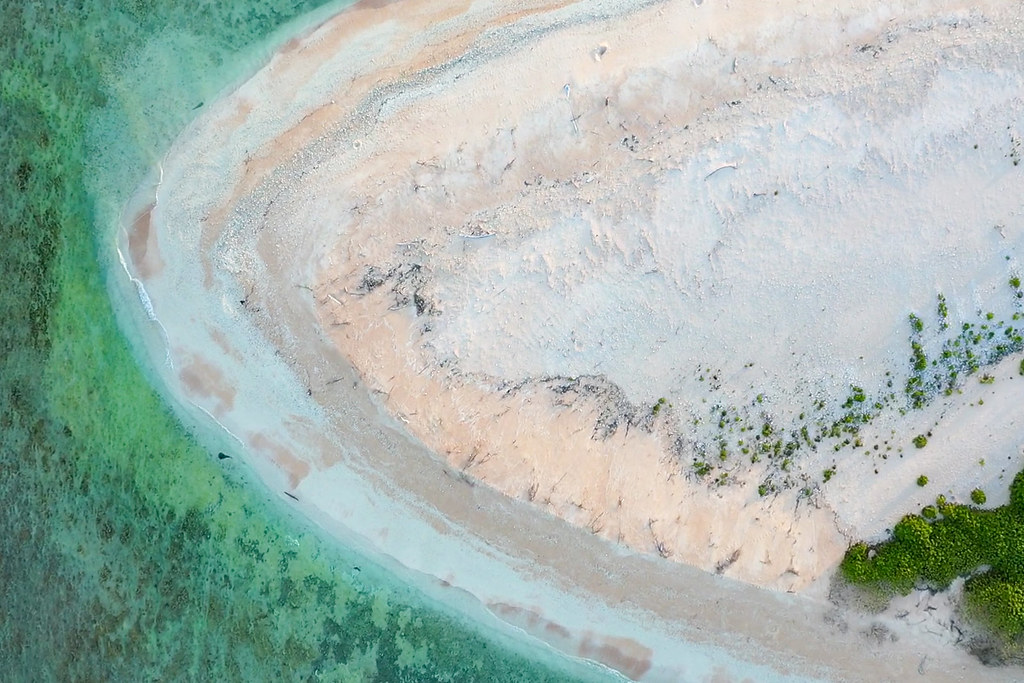
For a country like Tuvalu, its highest point above sea-level sits at just 4.6 meters, or 15 feet.
For the people of Tuvalu, this is not just another meeting amid the glitz and glamour of Dubai, it is a fight for existence.
The regional context
The impacts of climate change are already being felt around the world, nowhere more so than in Small Island Developing States. However, despite the signs being evident for the world to see, according to the 2024 Asia-Pacific Human Development Report our efforts to double-down and combat climate change are regressing.
In fact, the current trajectory of the Asia-Pacific region indicates that achieving any of the Sustainable Development Goals (SDGs) by 2030 is highly unlikely. A widening gulf exists between the region's aspirations and the realities on the ground, with particularly concerning setbacks in climate change targets.
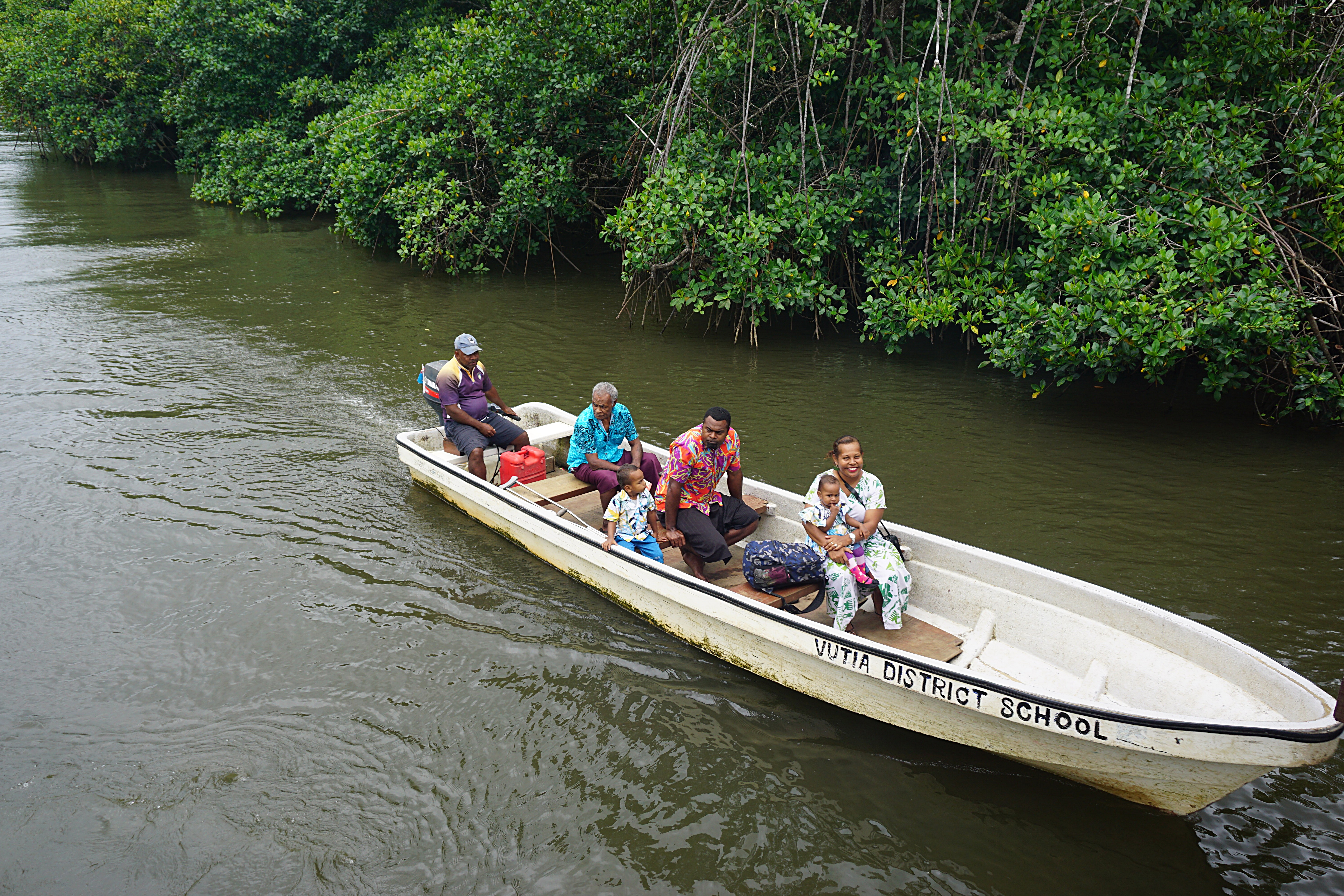
A family in Tavuya, Fiji, travelling by boat to access the local health clinic.
With each passing year, the risk of widening sustainable development disparities due to weakened implementation grows. It is now estimated that the SDGs will not be achieved in Asia and the Pacific until 2064, even though the core principles and ambitious goals of the 2030 Agenda remain as relevant as ever. None more so than those that focus on our shared ambitions when it comes to people and planet.
Over the past 12-months we have seen temperatures soar to record highs, the ferocity and frequency of weather events such as cyclones and flash flooding continue to increase, and small island states - many of whom lie across the Pacific - feel the brunt of our changing climate most, despite their negligible contribution to global greenhouse gas emissions.
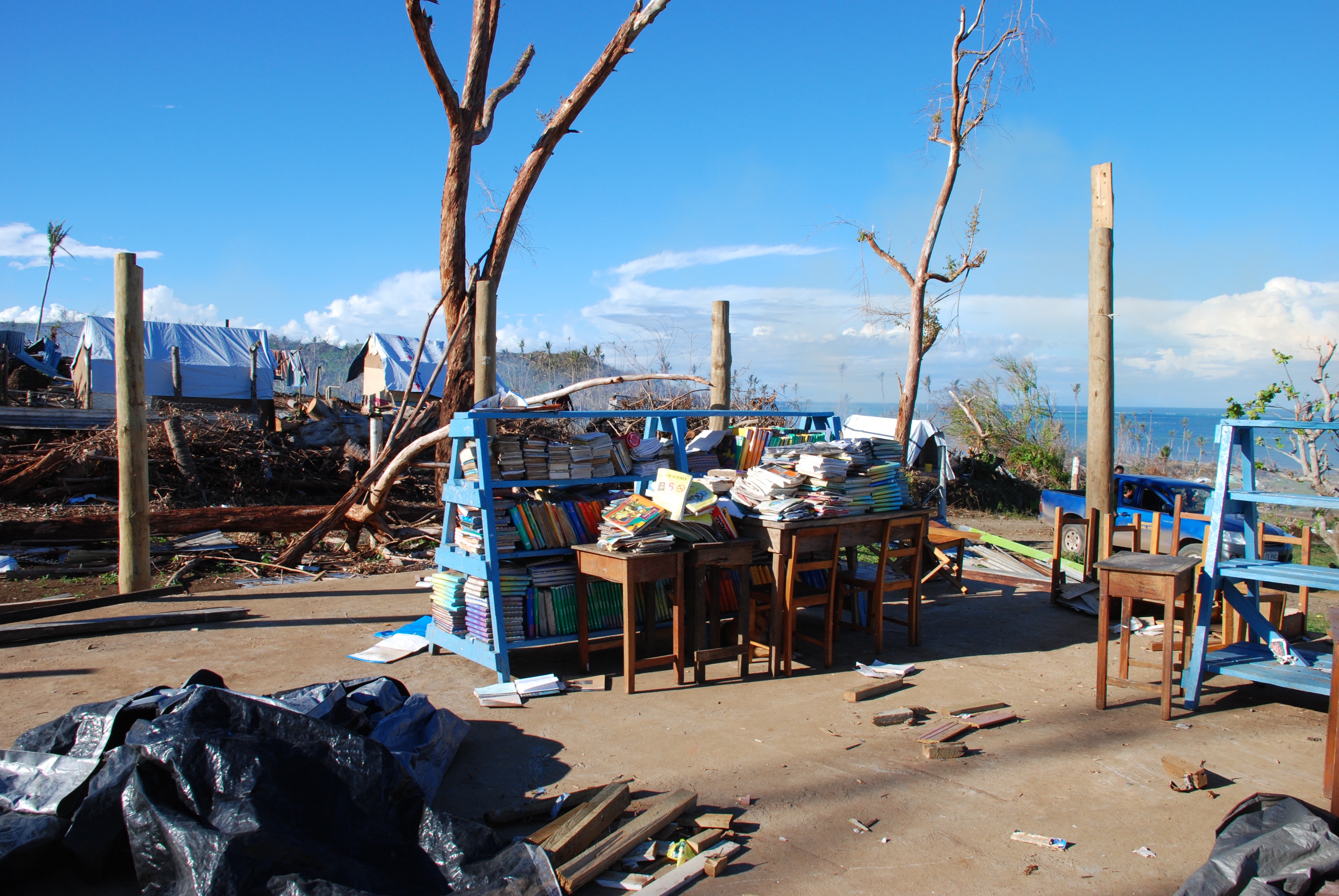
Koro Island, Fiji, following Tropical Cyclone Winston in 2016.
Vanuatu is one country to have felt the true force of our changing planet. One of the most at-risk and disaster-prone nations across the world, Vanuatu faces a range of natural hazards such as cyclones, volcanic eruptions, floods, earthquakes, tsunamis, droughts, and sea level rise.
Category 4, Tropical Cyclone Judy struck Vanuatu on 1 March 2023, with Tropical Cyclone Kevin making landfall just two days later, a second Category 4 cyclone. According to Vanuatu’s National Disaster Management Office, a total of 197,388 people were affected by Tropical Cyclones Judy and Kevin, representing approximately 66 percent of the total population. Significant damage was caused due to wind, heavy rains, flooding, and storm surge. In October, while still in recovery phase from TCs Judy and Kevin, Vanuatu was hit again by Category 5 Tropical Cyclone Lola, devastating northern parts of the island archipelago.
SIDs like Tuvalu, Vanuatu, Solomon Islands, Kiribati – the list goes on – are fighting for their future. But what will that future look like should they not be able to adapt? The Intergovernmental Panel on Climate Change (IPCC) Sixth Assessment Report (2022) warns that some may reach their adaptation limits within years, not decades.
Scaling Up Climate Finance
This same IPCC report also estimates that adaptation needs will reach US$127 billion and US$295 billion per year for developing countries alone by 2030 and 2050, respectively. At present, adaptation accounts for just 4-8 percent of tracked climate finance, a figure which totaled $579 billion in 2017-18.
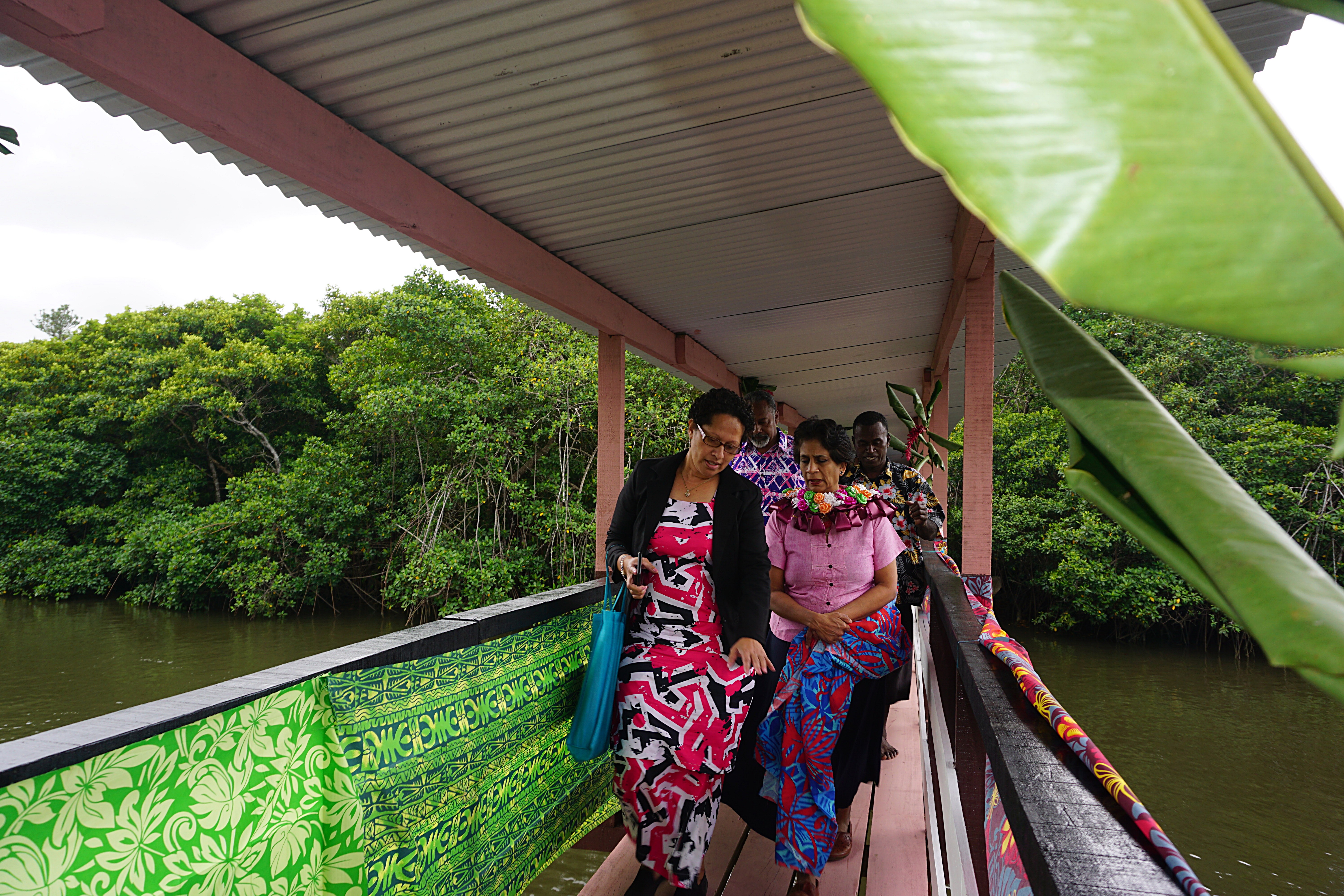
UN Assistant Secretary-General and UNDP Regional Director for Asia and the Pacific, Kanni Wignaraja (right) on a recent visit to a Governance for Resilient Development project site in Fiji.
While the long-term effectiveness of adaptation measures in mitigating the impacts of climate change remain uncertain, the immediate and ongoing losses and damages caused by these changes are already disrupting various sectors and exacerbating existing development challenges. This poses an even greater threat to already vulnerable nations, many of which are in the Pacific.
SIDs across the Pacific currently have access to three United Nations Framework Convention on Climate Change (UNFCCC) funding mechanisms - the Green Climate Fund (GCF), Global Environment Facility (GEF) and the Adaptation Fund (AF) – of which a total of US$3.5 billion had been allocated towards climate related projects in the Pacific as of 2021.
Climate financing to the Pacific continues to increase, as does Overseas Development Assistance (ODA). A US$1 billion increase in support to the region across the decade of 2008 to 2018 serving as testament to that.
However, while these figures underscore the importance of both people and planet to the Global North, they still fall short of where we need to be. And, as seen at the Pacific Islands Forum Leaders Meeting in the Cook Islands earlier this month, there is a strong desire among many member countries to see Organization for Economic Co-operation and Development nations deliver on their previous promises.
There is also a growing recognition that the way climate finance is accessed and utilized is not currently delivering meaningful and sustained resilient development results, nor is it reaching the most vulnerable communities. That notion comes in addition to the concept of loss and damage financing being added to the more traditional mix.
UN Secretary General António Guterres stated at the 2022 UN General Assembly that "addressing loss and damage is a fundamental question of climate justice, international solidarity and trust."
The recent increase in global attention to loss and damage, and the need for new financing to address it, has created an opportunity to better understand how mitigation, adaptation, and loss and damage are connected.
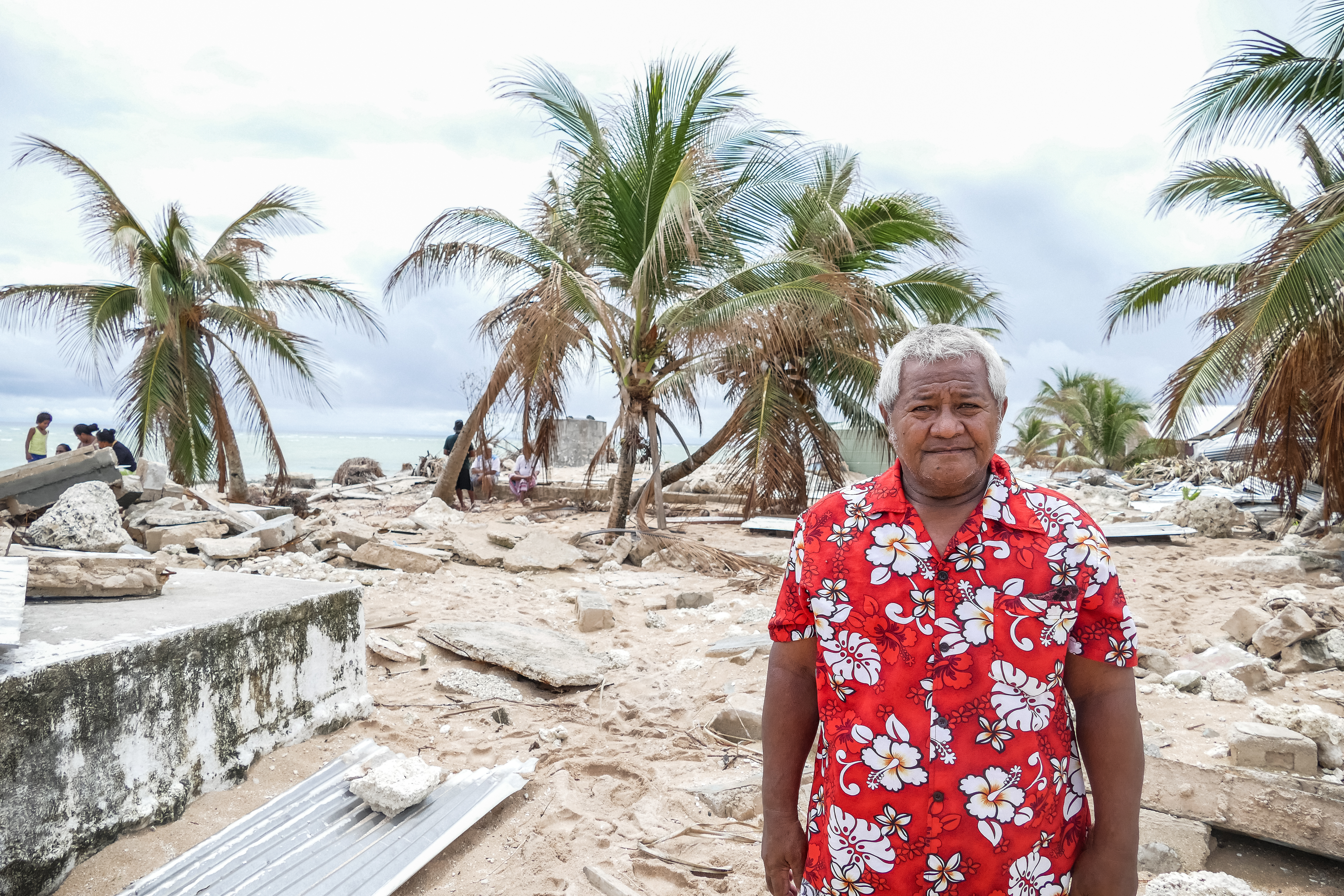
Fayvaka Keneseli, Chief of Nui in Tuvalu, following Tropical Cyclone Pam.
With COP28 beginning this week, the voices of Pacific nations are critical to the negotiations on climate financing and loss and damage. Without understanding the contextual nuances of the region and the impacts that are already being felt by Pacific peoples, we will continue down a path with critical ramifications.
Amplifying voices of the Pacific at COP28 is critical for both people and planet.
For further media enquiries please contact:
Nick Turner, Communications and Advocacy Specialist, UNDP Pacific Office in Fiji. (P) +679 971 6458 - (E) nicholas.turner@undp.org
Lisa Buggy, Risk Informed Development Specialist, UNDP Pacific Office in Fiji. (E) lisa.buggy@undp.org

 Locations
Locations

